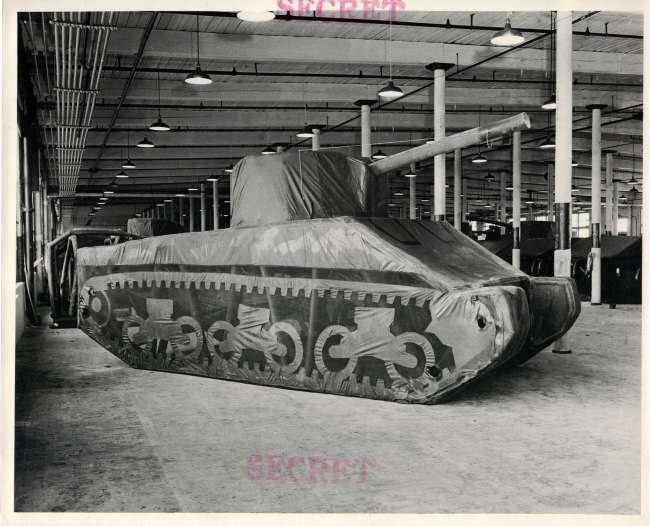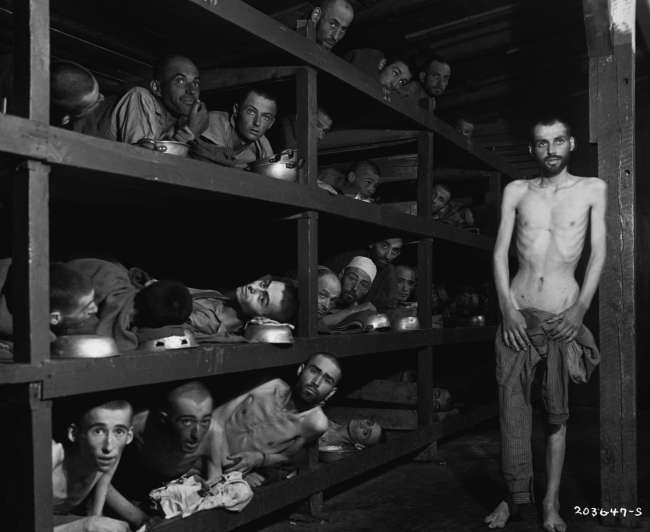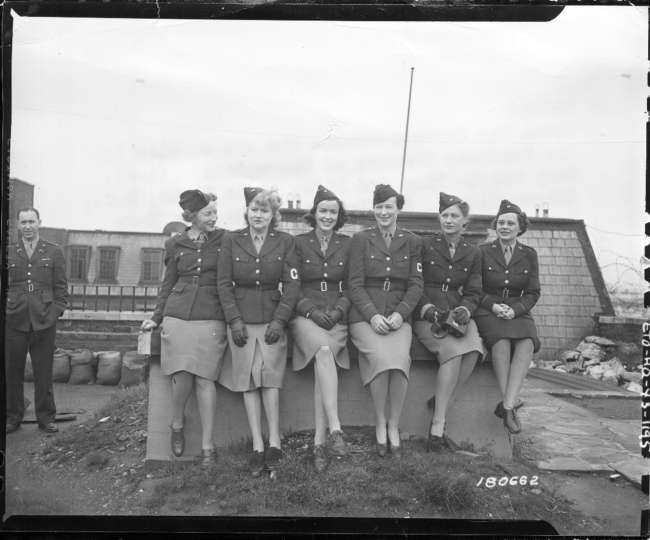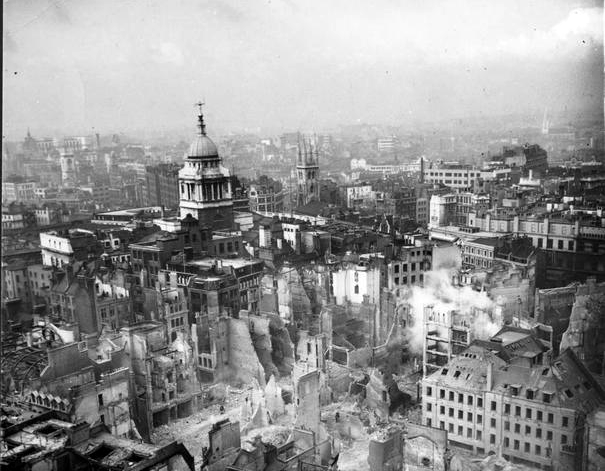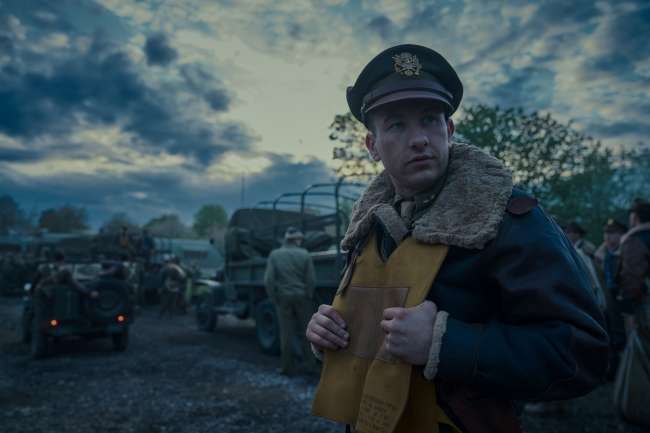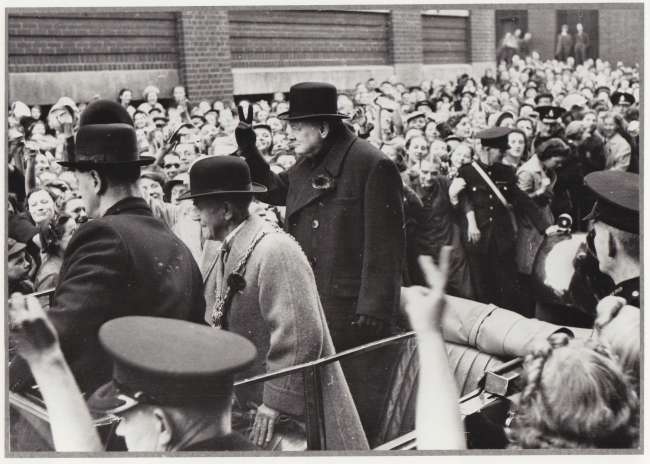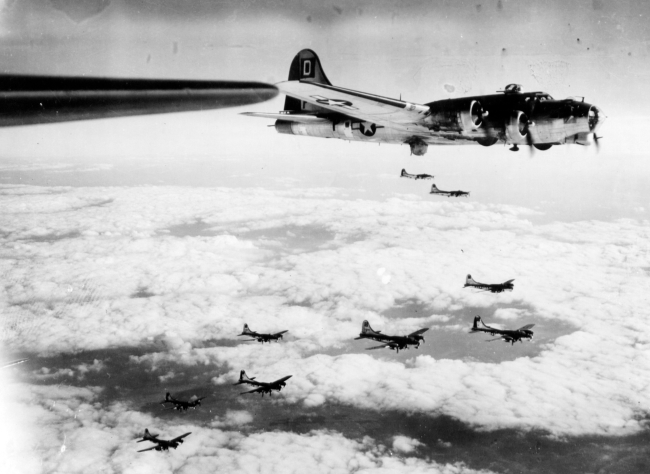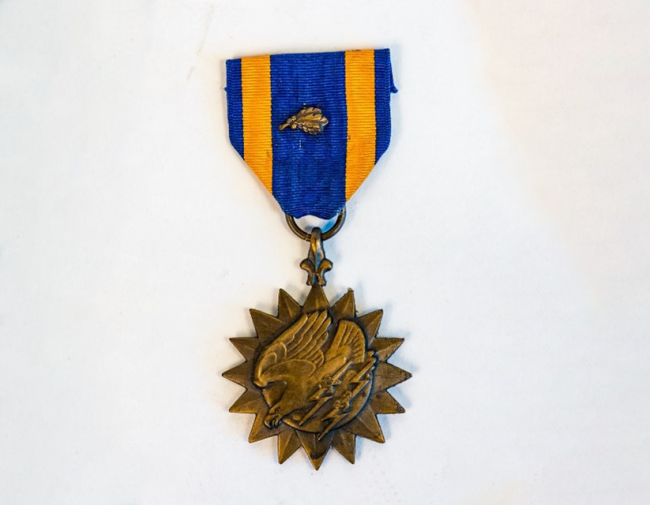For the last four years I have had the honor of being one of the curators at The National WWII Museum. I remember attending the parade through the streets of New Orleans the day that the Museum opened in 2000, but I never dreamed I would one day be contributing to preserving the material culture of World War II at such an institution. My journey to a desk in curatorial began in 2003 when I started to volunteer on a Higgins LCP(L) restoration project happening at the then D-Day Museum.
The “boat volunteers” were a group of men and women who were dedicated to preserving the landing craft built here in New Orleans by Andrew Jackson Higgins. By the time I joined they were on their second boat for the Museum, the first being the Landing Craft Vehicle Personnel (LCVP) currently on display. As soon as I began working with this group I knew that I wanted to study history. This project gave me a group of life-long friends and a respect for combining book history with the physical reality of artifacts. It was one thing to learn how these landing craft were used; it was completely different to see the time and effort that went into designing, building, and operating them. It changed my perspective on how to study history, a change that was strengthened even more when we began a 10 year project to restore PT-305.
This next boat introduced me to the personal story of an artifact. Most landing craft were used like tools in a larger ship’s toolbox. They rarely had specific crews assigned to them and their individual accomplishments were lost in the recordings of history. PT-305 had a crew that lived and fought on board. Looking back, when I began to really learn their story, and physically work on restoring the boat, I had formed how I would approach collecting and interpreting artifacts. There have been many items large and small and full of stories, that have crossed my desk in the last few years. It’s always hard to highlight just a few. For now, these four come to the front of my mind.
PT-305 moored in her boathouse. After a 10 year restoration project PT-305 was returned to operational condition for passenger rides on Lake Pontchartrain.
PT-305
Patrol Torpedo Boat, PT-305, is always going to be on my list of artifacts. The 305 is a 78 foot wooden boat built at the Higgins Industries City Park Plant in New Orleans, Louisiana. The primary mission of these vessels was to make torpedo attacks on ships operating in coastal waters. PT-305 was commissioned into the US Navy on December 8, 1944. From there, the 305 deployed with 11 other PT boats of Motor Torpedo Boat Squadron 22 to the Mediterranean theater. Patrolling from ports in Corsica, France, and Italy, PT-305 conducted over 77 offensive patrols and sank three enemy vessels. After a long civilian post war career, the 305 returned to New Orleans in 2007 for a 10 year restoration project at The National WWII Museum that brought it back to operational condition.
The life jacket Michael McShane wore when he abandoned the sinking SS Athenia. This was a standard civilian life jacket for the time, consisting of cork floating blocks held together by canvas. The wearer placed their head through the hole in the center of the life jacket. McShane had fellow survivors sign their names on the life jacket.
Michael McShane’s Lifejacket
If you think about it, most of the artifacts in our vault have to survive at least a 75 year journey. With many of the artifacts we have it’s amazing they survive the event that they come from. This is very true for the lifejacket of Michael McShane. In September 1939, McShane returned to his native Ireland to collect prize money and visit family. In an attempt to avoid the coming war, McShane booked passage back to the United States on the SS Athenia, only to end up on the first ship torpedoed by a U-boat during World War II. On the evening of September 3, 1939, McShane rushed back to his cabin to retrieve this lifejacket to abandon the sinking Athenia. Signed by fellow survivors, this lifejacket is an amazing example of a rare item from a specific event that tells a compelling personal story.
The M-1 Helmet of Capt. Leonard T. Schroeder. Painted with Captains bars and the Ivy Cross of the 4th Infantry Division, Schroeder wore this helmet when he became the first US soldier to set foot on Utah Beach, June 6, 1944.
M-1 Helmet of Leonard T. Schroeder
For most events in civilian life being first is a good thing; it can bring trophies and accolades. In the military, being first is not really something someone usually looks forward to. For Captain Leonard T. Schroeder his “first” was not exactly part of his plan. As commander of Company F, 2nd Battalion, 8th Infantry Regiment, 4th Infantry Division, Schroeder was in the first wave to assault Utah Beach on June 6, 1944. He knew he was going to land in the first wave, but what he did not know was that his landing craft would ground first and he would be the first man off. For a brief moment, Capt. Schroeder was the only man standing/wading on a contested Utah Beach as the invasion of France was kicking off. Schroeder survived his brief encounter with being first, successfully leading his men inland until he received multiple wounds and was evacuated. The whole time he wore the M-1 helmet that is now in the collection, making it the first helmet to hit Utah Beach on D-Day.
Final resting place of Julian Rexall Buzzett. Located in Plot F, Row 15, Grave 21, of the Normandy American Cemetery, Buzzett was killed on June 6, 1944 while serving with the 237th Engineer Combat Battalion on Utah Beach.
Personal Effects of Julian Rexall Buzzett
The word artifact lends a certain context to an item—it has transformed into something that tends to shed its humanity in favor of its value—monetary or historic. Artifacts from servicemen that were killed during the war are always different from other “artifacts.” This could not be truer than with First Lieutenant Julian Rexall Buzzett. Buzzett served with the 237th Engineer Combat Battalion, landing on Utah Beach with the initial assault waves on June 6, 1944. Buzzett led his men inland after blowing gaps in the seawall and demolishing obstacles before assaulting a German pillbox.
Within an hour of being on the beach, Buzzett was killed by a German artillery shell. This collection consists of his personal effects that were returned to the family: including, among other things, the watch he was wearing and a very important letter. During his trip across the English Channel, Buzzett wrote a final letter to his father and placed it in his wallet. The pain and utter heartbreak of his son’s death caused his father to never look into the wallet. Thirteen years after his death, Buzzett’s brother discovered the letter and delivered it to his father. The contents are deep; they are the words of a man speaking the truth to his family. In 2019, I had the honor of paying my respects at his gravesite in the Normandy American Cemetery in Colleville-sur-Mer, France, on the 75th anniversary of his death.
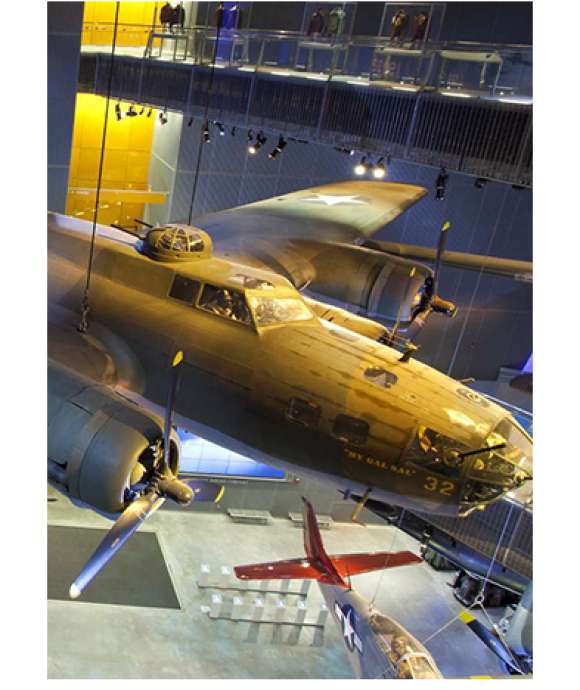
Building Collections, Remembering Lives: 20 Years of Collecting at The National WWII Museum
As The National WWII Museum celebrates year 20, we look back at some collection highlights.






